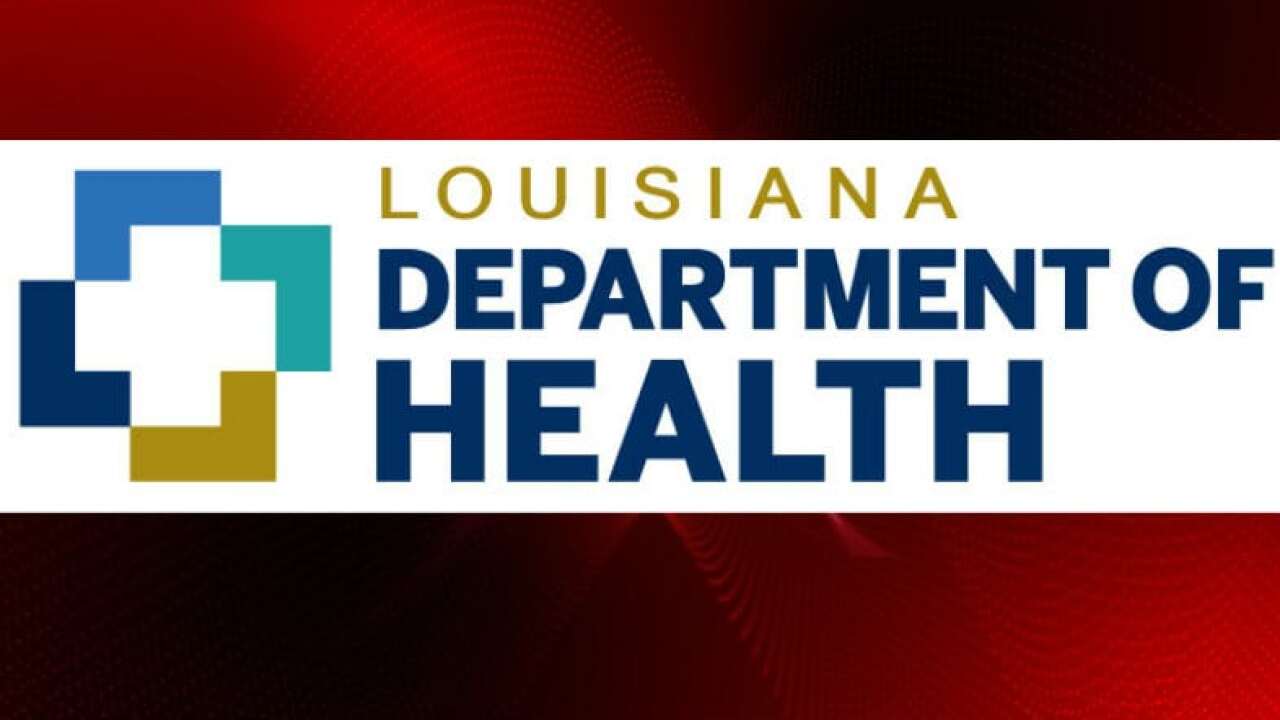The Louisiana Department of Health on Wednesday verifies two additional deaths tied to Hurricane Laura, bringing the state's current death toll to 17.
A 36-year-old man and a woman in her 80s died of heat-related illness following the storm. Both deaths were in Beauregard Parish.
Below are details on the 17 deaths LDH has verified to date:
- 14-year-old female, Vernon Parish, fallen tree
- 51-year-old male, Jackson Parish, fallen tree
- 68-year-old male, Acadia Parish, fallen tree
- 64-year-old female, Allen Parish, fallen tree
- Male, Calcasieu Parish, drowning
- 24-year-old male, Calcasieu Parish, carbon monoxide poisoning from generator
- 56-year-old female, Calcasieu Parish, carbon monoxide poisoning from generator
- 61-year-old male, Calcasieu Parish, carbon monoxide poisoning from generator
- 81-year-old female, Calcasieu Parish, carbon monoxide poisoning from generator
- 72-year-old male, Calcasieu Parish, carbon monoxide poisoning from generator
- 84-year-old male, Allen Parish, carbon monoxide poisoning from generator
- 80-year-old female, Allen Parish, carbon monoxide poisoning from generator
- 57-year-old male, Calcasieu Parish, head injury after falling from roof
- One resident, Calcasieu Parish, carbon monoxide poisoning
- 49-year-old male, Rapides Parish, storm cleanup
- 36-year-old male, Beauregard Parish, heat-related illness
- 80- to 89-year-old female, Beauregard Parish, heat-related illness
Those at greatest risk for heat-related illness include infants and children up to 4 years of age, people 65 years of age and older, people who are overweight, and people who are ill or on certain medications.
Heat stroke is the most serious heat-related illness, occurring when the body's temperature rises rapidly, the sweating mechanism fails and the body is unable to cool down.
Body temperature may rise to 106°F or higher within 10 to 15 minutes. Heat stroke can cause death or permanent disability if emergency treatment is not provided.
Warning signs of heat stroke vary but may include the following:
- An extremely high body temperature (above 103°F)
- Red, hot, and dry skin (no sweating)
- Rapid, strong pulse
- Throbbing headache
- Dizziness
- Nausea
- Confusion
- Unconsciousness
If you see any of these signs, have someone call for immediate medical assistance while you begin cooling the victim.
Do the following:
- Get the victim to a shady area.
- Cool the victim rapidly, using whatever methods you can. For example, immerse the victim in a tub of cool water; place the person in a cool shower; spray the victim with cool water from a garden hose; sponge the person with cool water; or if the humidity is low, wrap the victim in a cool, wet sheet and fan him or her vigorously.
- Monitor body temperature and continue cooling efforts until the body temperature drops to 101-102°F.
- If emergency medical personnel are delayed, call the hospital emergency room for further instructions.
- Do not give the victim alcohol to drink.
- Get medical assistance as soon as possible.
------------------------------------------------------------
Stay in touch with us anytime, anywhere.
To reach the newsroom or report a typo/correction, click HERE.
Download our free app for Apple,Android, Roku and Amazon devices.
Sign up for newsletters emailed to your inbox. Select from these options: Breaking News, Evening News Headlines, Latest COVID-19 Headlines, Morning News Headlines, Special Offers



